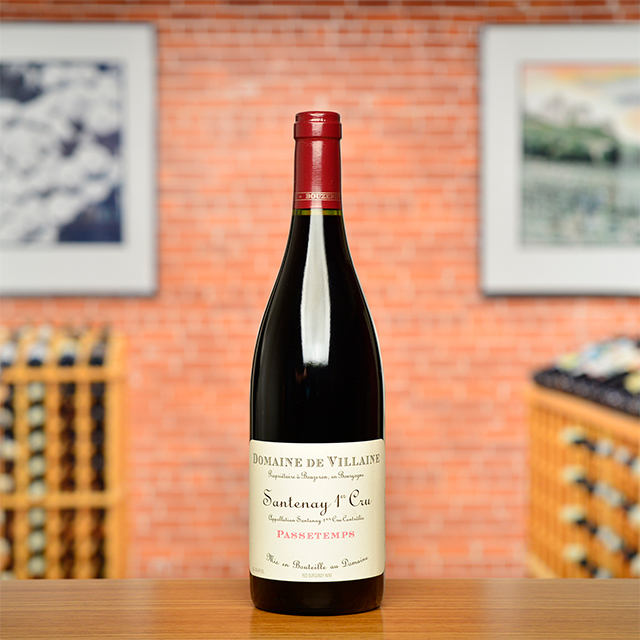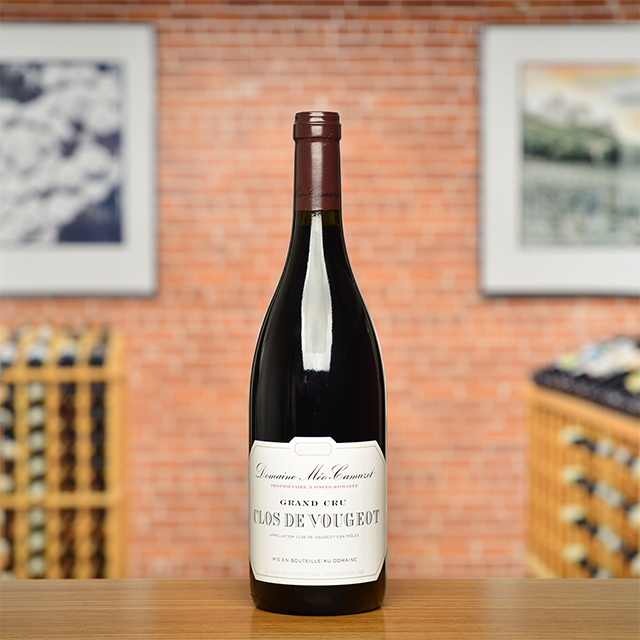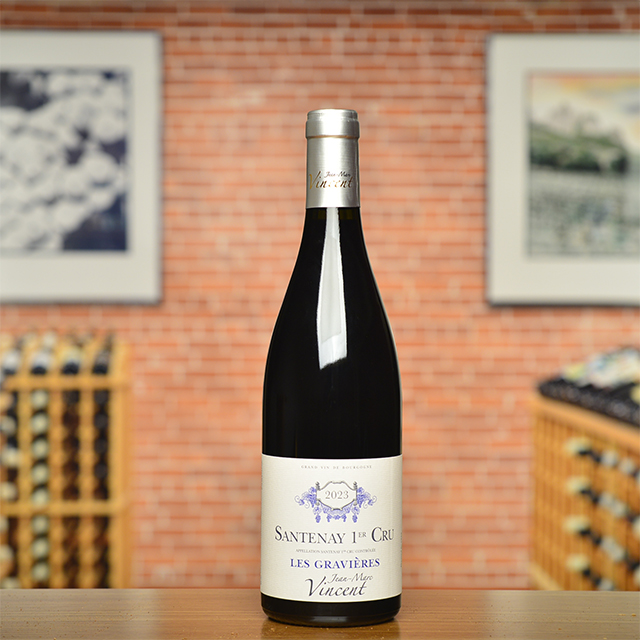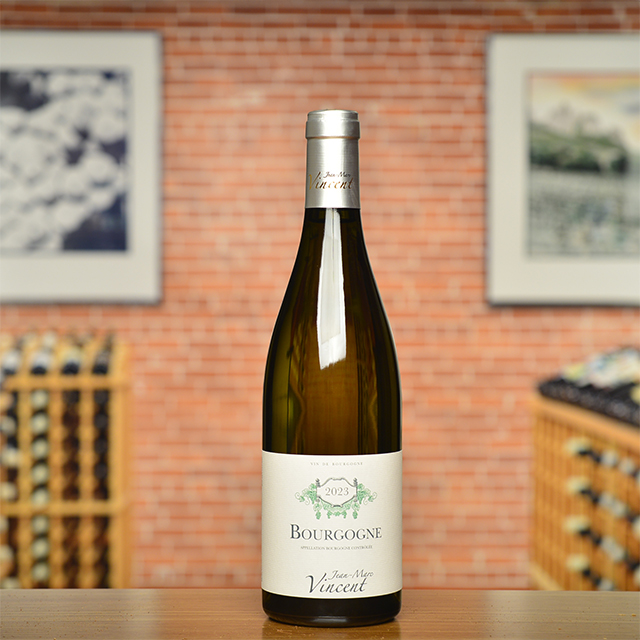Notify me
2017 Clos de Vougeot Grand Cru “Près le Cellier”
Domaine Méo-Camuzet
The Clos de Vougeot was farmed by monks for nearly a thousand years before more earthly beings began to take over. We now have ample historical evidence to be one hundred percent certain that this site is capable of making some of the world’s finest and longest-lived Pinot Noir. It is also one of the few grands crus (like Corton) large enough to have multiple lieux-dits within it. Jean-Nicolas Méo owns vines in the lieux-dits of Grand Mapertuis and Près le Cellier (two very good ones). The 2017 vintage was the first time since 2009, however, that he bottled the lieux-dits separately because they finally had enough wine to do so!
His Vougeot is marked by richness, concentration, velvety structure, broad aromatics, length, and power. It is a complete wine.
—Dixon Brooke
|
This item is not eligible for discounts |
| Wine Type: | red |
| Vintage: | 2017 |
| Bottle Size: | 750mL |
| Blend: | Pinot Noir |
| Appellation: | Clos de Vougeot |
| Country: | France |
| Region: | Burgundy |
| Producer: | Domaine Méo-Camuzet |
| Soil: | Clay, Limestone |
| Farming: | Organic (practicing) |
| Alcohol: | 13.5% |
More from this Producer or Region

2007 Vosne-Romanée 1er Cru “Aux Brûlées”
France | Burgundy
Extremely limited quantities, limit two bottles per order

2022 Marsannay Blanc “Les Longeroies”
France | Burgundy
It is pleasantly toasty and slightly nutty, evoking pretty orchard fruit and fresh citrus, with great acidity with a little grip.

2022 Santenay Rouge 1er Cru “Passetemps”
France | Burgundy
This outstanding Santenay is so expressive, with notes of red fruit, rose petals, peonies, and a touch of spice.

2022 Clos de Vougeot Grand Cru
France | Burgundy
Méo-Camuzet’s Vougeot is marked by richness, concentration, velvety structure, broad aromatics, length, and power.

2023 Côte de Nuits-Villages
France | Burgundy
First, it is impeccable. Second, it does not exceed its appellation; it is not a substitute Romanée Conti; it is a perfect Côte de Nuits-Villages.

2018 Charmes Chambertin Grand Cru
France | Burgundy
A classic Charmes, sensual and graceful, with a deep core of concentration.

2022 Bourgogne Côte Chalonnaise Rouge “La Fortune”
France | Burgundy
This rouge is so silky and aromatic, reminiscent of strawberries and cherries. Open it over the next five years to fully enjoy its bright, fresh character.

2022 Morey Saint Denis “En la Rue de Vergy”
France | Burgundy
The wine is firmly structured and robust, with dark, plump fruit that tastes fresh and utterly drinkable.

2021 Auxey Duresses Rouge 1er Cru
France | Burgundy
A blend of two premier cru vineyards, Les Duresses and Les Grands Champs, this bottling has a gorgeous nose with cherry, earthiness, and a faint smokiness.

2020 Pouilly-Fuissé “La Croix Vieilles Vignes”
France | Burgundy
Bursting with energy and joy, this wine is bound to bring out the best of your inner bon vivant.
About The Producer
Domaine Méo-Camuzet
Méo-Camuzet is one of the most celebrated domaines of the Côte d’Or, located in the heart of prestigious Vosne-Romanée. The domaine boasts fourteen hectares of land in some of the most spectacular appellations and crus of Burgundy. Méo-Camuzet bottles four astounding grands crus, ten premier crus, several village wines, one Bourgogne Rouge, and only one white. Vigneron Jean-Nicolas Méo aims for balance and purity of fruit, which he accomplishes with terrific success. Though delicate and fine, even in their youth, the paradoxical concentration and intensity of these wines make them ideal for long cellar aging.
About The Region
Burgundy

In eastern central France, Burgundy is nestled between the wine regions of Champagne to the north, the Jura to the east, the Loire to the west, and the Rhône to the south. This is the terroir par excellence for producing world-class Pinot Noir and Chardonnay.
The southeast-facing hillside between Dijon in the north and Maranges in the south is known as the Côte d’Or or “golden slope.” The Côte d’Or comprises two main sections, both composed of limestone and clay soils: the Côte de Nuits in the northern sector, and the Côte de Beaune in the south. Both areas produce magnificent whites and reds, although the Côte de Beaune produces more white wine and the Côte de Nuits more red.
Chablis is Burgundy’s northern outpost, known for its flinty and age-worthy Chardonnays planted in Kimmeridgian limestone on an ancient seabed. Vézelay is a smaller area south of Chablis with similar qualities, although the limestone there is not Kimmeridgian.
To the south of the Côte de Beaune, the Côte Chalonnaise extends from Chagny on its northern end, down past Chalon-sur-Saône and encompasses the appellations of Bouzeron in the north, followed by Rully, Mercurey, Givry, and Montagny.
Directly south of the Chalonnaise begins the Côte Mâconnais, which extends south past Mâcon to the hamlets of Fuissé, Vinzelles, Chaintré, and Saint-Véran. The Mâconnais is prime Chardonnay country and contains an incredible diversity of soils.
More from Burgundy or France
2023 Chablis “Vauprin”
Roland Lavantureux France | Burgundy
2022 Pommard 1er Cru “Saussilles”
Antoine Jobard France | Burgundy
2022 Bourgogne Côte Chalonnaise Rouge “La Digoine”
Domaine De Villaine France | Burgundy
2021 Auxey Duresses Rouge 1er Cru
Domaine Taupenot-Merme France | Burgundy
2022 Gevrey-Chambertin
René Bouvier France | Burgundy
2022 Bourgogne Passetoutgrain
Domaine Robert Chevillon France | Burgundy
2023 Bourgogne Rouge “Garance”
Domaine Montanet-Thoden France | Burgundy
2022 Pernand-Vergelesses 1er Cru “Les Fichots”
Domaine Follin-Arbelet France | Burgundy
2023 Savigny-lès-Jarrons 1er Cru
Domaine Pierre Guillemot France | Burgundy
2019 Viré-Clessé “En Châtelaine”
Domaine Robert-Denogent France | Burgundy
2023 Bourgogne Rouge “Champs Cadet”
Domaine de la Cadette France | Burgundy
2021 Rully Rouge 1er Cru “Cloux”
Domaine de Villaine France | Burgundy
2023 Chablis “Vauprin”
Roland Lavantureux France | Burgundy
2022 Pommard 1er Cru “Saussilles”
Antoine Jobard France | Burgundy
2022 Bourgogne Côte Chalonnaise Rouge “La Digoine”
Domaine De Villaine France | Burgundy
2021 Auxey Duresses Rouge 1er Cru
Domaine Taupenot-Merme France | Burgundy
2022 Gevrey-Chambertin
René Bouvier France | Burgundy
2022 Bourgogne Passetoutgrain
Domaine Robert Chevillon France | Burgundy
2023 Bourgogne Rouge “Garance”
Domaine Montanet-Thoden France | Burgundy
2022 Pernand-Vergelesses 1er Cru “Les Fichots”
Domaine Follin-Arbelet France | Burgundy
2023 Savigny-lès-Jarrons 1er Cru
Domaine Pierre Guillemot France | Burgundy
2019 Viré-Clessé “En Châtelaine”
Domaine Robert-Denogent France | Burgundy
2023 Bourgogne Rouge “Champs Cadet”
Domaine de la Cadette France | Burgundy
2021 Rully Rouge 1er Cru “Cloux”
Domaine de Villaine France | Burgundy
Kermit once said...

Kermit once said...
Great winemakers, great terroirs, there is never any hurry. And I no longer buy into this idea of “peak” maturity. Great winemakers, great terroirs, their wines offer different pleasures at different ages.
Inspiring Thirst, page 312
















